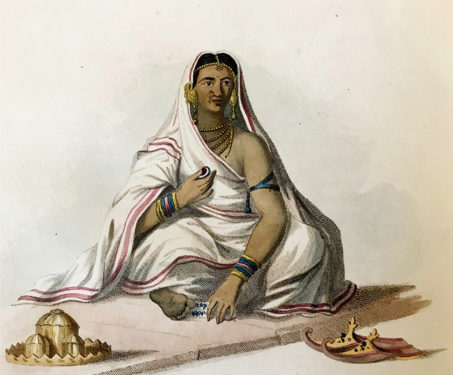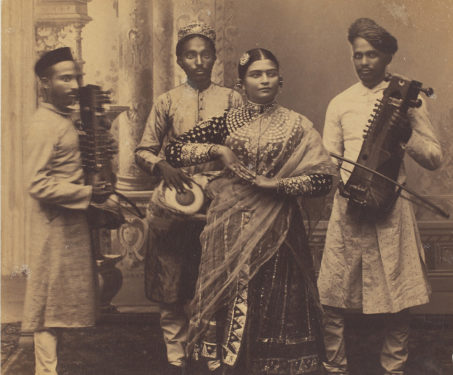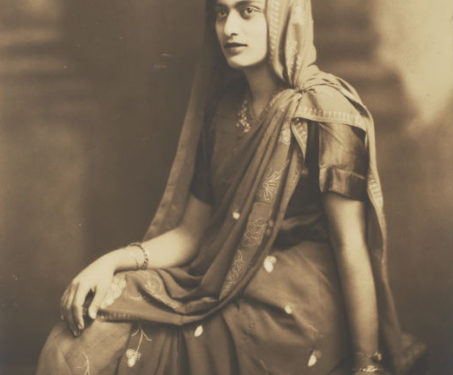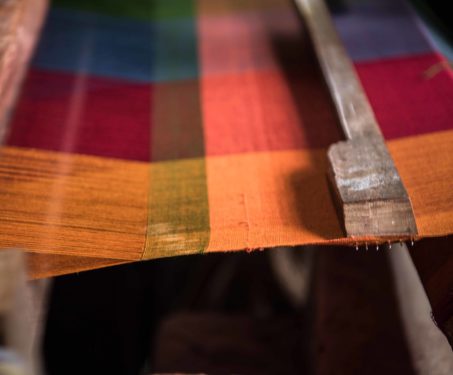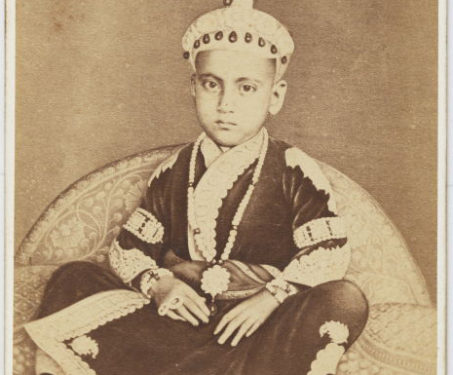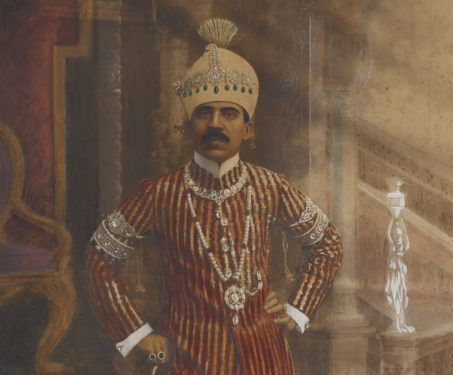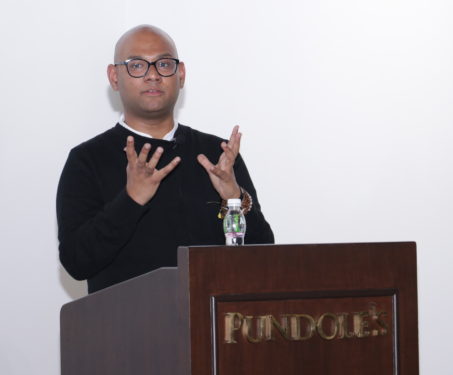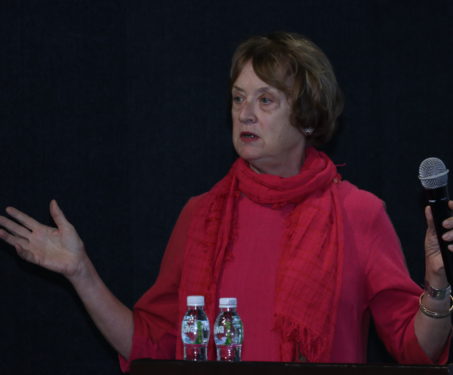Class, caste, gender, faith, community, identity. We give away so much of who we through what we wear. Looking at 19th-century photographs and watercolour portraits from the Indian subcontinent, it might seem like our ancestors dressed more conservatively, seeking to hide everything but their social status which they wore like an armour. But we can pick up on information they may not have realised they were disclosing. A certain textile, drape or gemstone could reveal not just the region they hailed from but also their politics and beliefs. Most charmingly, there are little signs of individuality too in these old portraits of stern, unsmiling subjects. It’s in the insouciant tilt of a pugdi worn by a young prince. In the pristine pleats of a simple cotton sari. In the way a lock of hair is tucked away to show off a pretty earring. We look through our archive of rare books, engravings and photographs to find out how clothes, jewellery and accessories have reflected and influenced the changing mores of Indian society.
History of Style
Costumes and jewels from a precious past

